What is the Project Life Cycle?
Projects typically have ongoing phases based on the Project Management Institute’s (PMI) five process groups, or phases. They combine to form the typical project life cycle. A project life cycle is a sequence of steps that a project goes through from the start to completion. The process usually takes the following steps:
- 1. Initiating the Project
- 2. Planning the Project
- 3. Executing the Project
- 4. Monitoring and Controlling Progress
- 5. Closing Out the Project
At Koncept, we follow a similar approach, using five stages to deliver a project combined with checkpoints or “gates” to give the project owner and participants opportunity to evaluate the process and merits of the current stage prior to advancing onto the next stage. The gate process helps to manage the risk of committing resources or cost to a project with stakeholder involvement.

What is a Gate System?
The phase gate process is a formal review conducted with project stakeholders / executives that helps to guide your project from concept to completion. It requires detailed reviews at each project stage prior to advancing on to the next. During a gate review, the Executive Committee reviews the project and provides feedback on its feasibility, appropriateness, and recommended funding. Depending upon the outcome of the decision, the project manager will either move forward, make requested modifications, or place the project on hold.
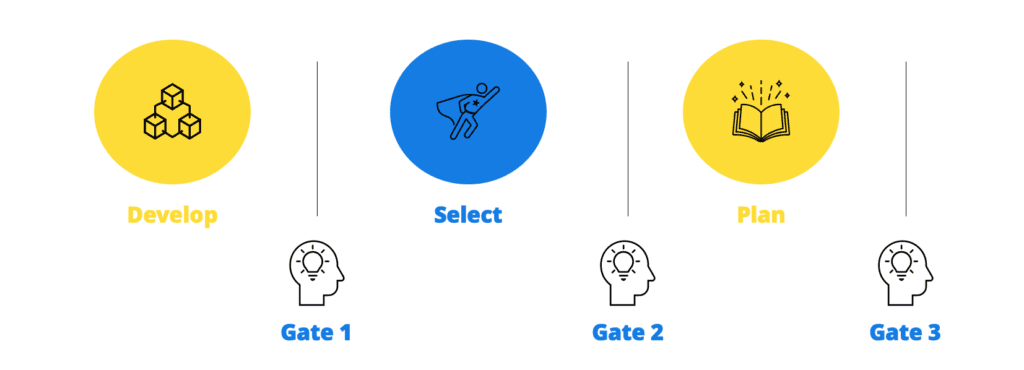
The gate system is utilized to avoid risks and identify the most promising projects to be able to successfully manage them. The project gate methodology is one of the ways we do that by dividing the process into phases instead of cycles and all at once. This methodology also provides a way to limit project errors and make sure you have the right information before making decisions.
Stage 1 – Develop

The first phase of the project life cycle is about formally authorizing the project to begin and gaining the core team’s commitment to join the project. During this time, you will be gathering the necessary information to determine what the project will consist of and what the goals of the project are. It’s a good exercise to determine what success for the project looks like and what the end state of the project is.
During the development stage, it is important to conduct a deep dive into similar projects to bring forward learnings and baseline data that will help uncover any risks you may encounter during this project. While brainstorming potential solutions and developing project alternatives, it’s important to consider the need to build a business case recommendation on the opportunity for the gate 1 review.
Key Project Management Outcomes
- Determine the projects objectives, vision, goals, and strategy
- Conduct interviews and pull learnings from previous projects
- Establish high-level cost and schedule estimates
- Determine the initial funding request
Stage 2 – Select
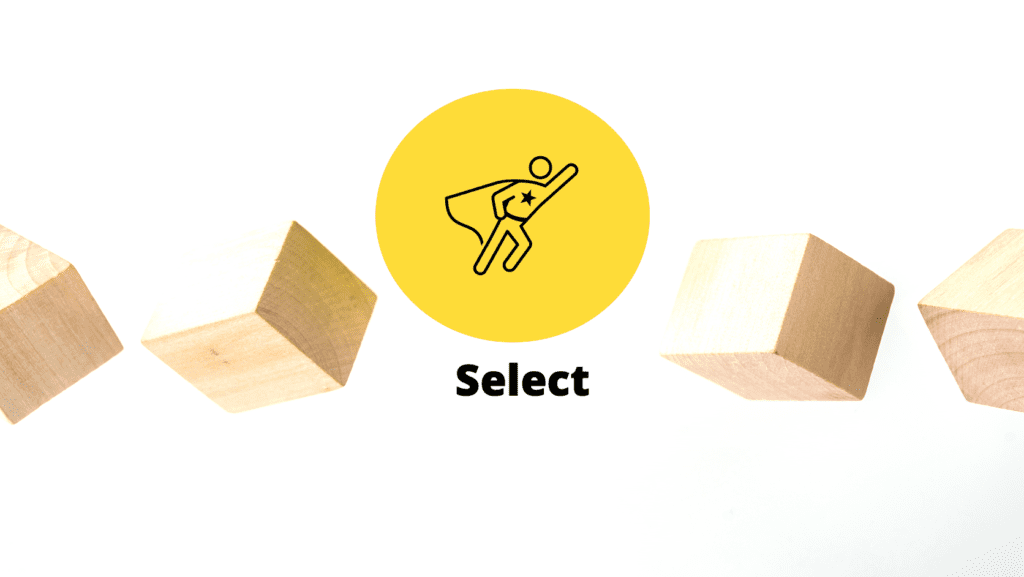
The Select stage reviews the projects objectives and strategies and advances them into a more detailed and comprehensive project definition and plan. The project select stage lays the foundation of a successful project. It sets the scope, identifies the architectural and engineering requirements for the project. The project scope defines the breadth of work that needs to be done and provides a road map for how work will be completed.
Pre-project planning includes robust planning and design early in a project’s lifecycle, at a time when the ability to influence changes in design is relatively high and the cost to make those changes is relatively low. Though it often adds a small amount of time and cost to the early portion of a project, these costs are minor compared to the alternative of the costs and effort required to make changes at a later stage in the project. As yourself “what are options to achieve my project goals and objectives?”
Key Project Management Outcomes
- Project Management Plan
- Detailed Risk Management and Safety Strategy
- Recommendation on lead opportunity and detailed design strategy
Stage 3 – Plan
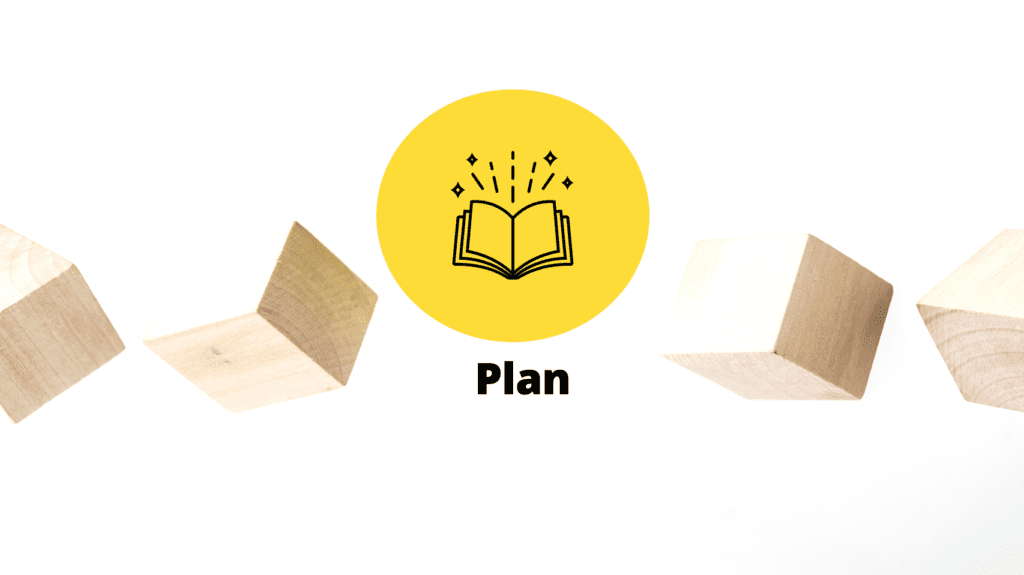
At this stage the project is in full swing. The project has moved past Gate 2 and the Executive team is fully behind the lead recommendation. The design team is busy completing the bulk of the design and engineering work. The design team will provide design review packages which can be easily interpreted by operations, specialty engineering, SSHE, code specialists, hazardous materials consultants, business units and other stakeholders for feedback and input
The project team is setting the stage to on-board participants with construction knowledge and experience in planning, design, procurement, and field operations to achieve the overall project objectives. The project can maximum benefits when people with construction knowledge and experience become involved early in the design process.
Key Project Management Outcomes
- Complete set of drawings and specifications
- Procurement recommendations for full funding
- Project planning deliverables completed
Stage 4 – Execute
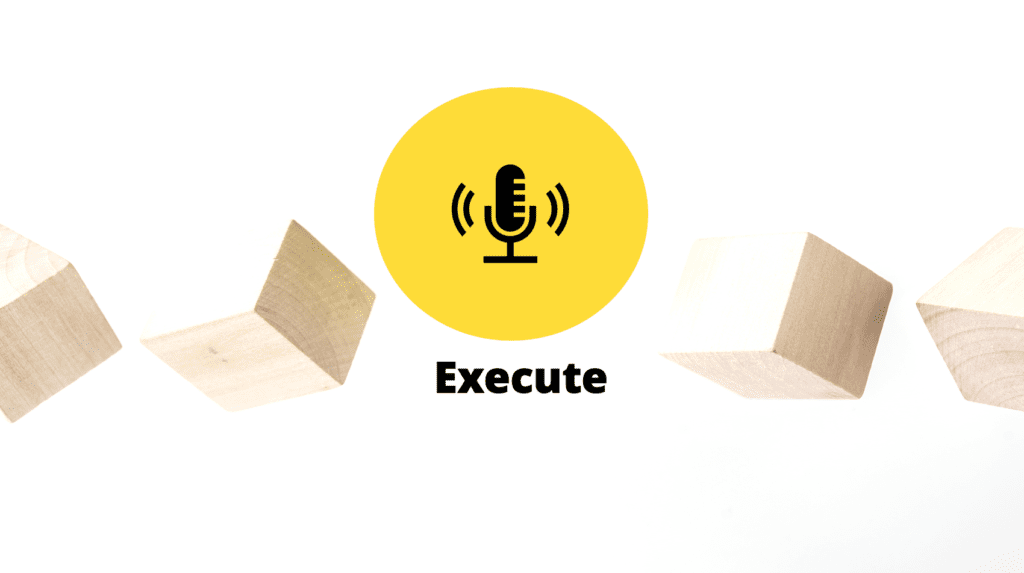
The stage where the work will be physically completed. Focusing on construction challenges, opportunities, and technical complexity. To keep a close eye on your project, it’s important to be proactive and put procedures in place ahead of time so that you can swiftly correct any issues that arise when the project progresses.
Any issues or problems not addressed in the planning stage will be more costly and impactful during the execution stage. The key is to set the execution team up for success and remove and many roadblocks as possible.
An important part of the execute phase involves the start-up procedures, commissioning and closure activities including As-Built, O&M Manuals, schedule, and cost reconciliation.
Key Project Management Outcomes
- Successful delivery of the project
- Commissioning and turnover to operations
- Deficiencies resolved
- Closeout of the project
Stage 5 – Operate
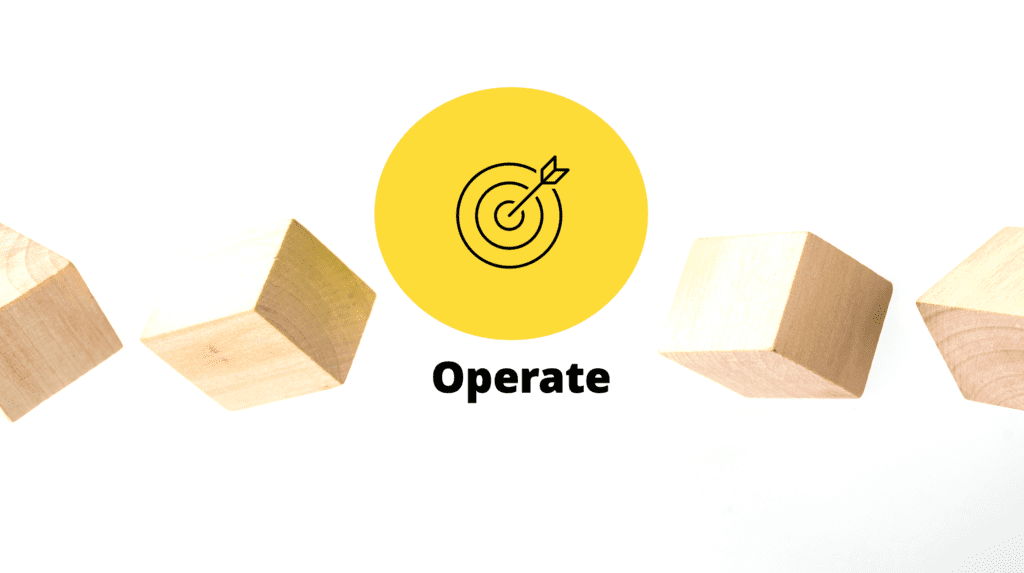
During the operational stage, the project team has been released back to their normal work or respective organizations and the Operations Team has complete control of the day to day dealings of the facility.
During the warranty period there is a requirement for the project team to interface with operations to ensure any issues that have arises are resolved. The operate and warranty phase should have a predetermined end date.
Key Project Management Outcomes
- Warranty issues are resolved
- Follow-up training is coordinated
- Connect manufactures and suppliers for ongoing support
